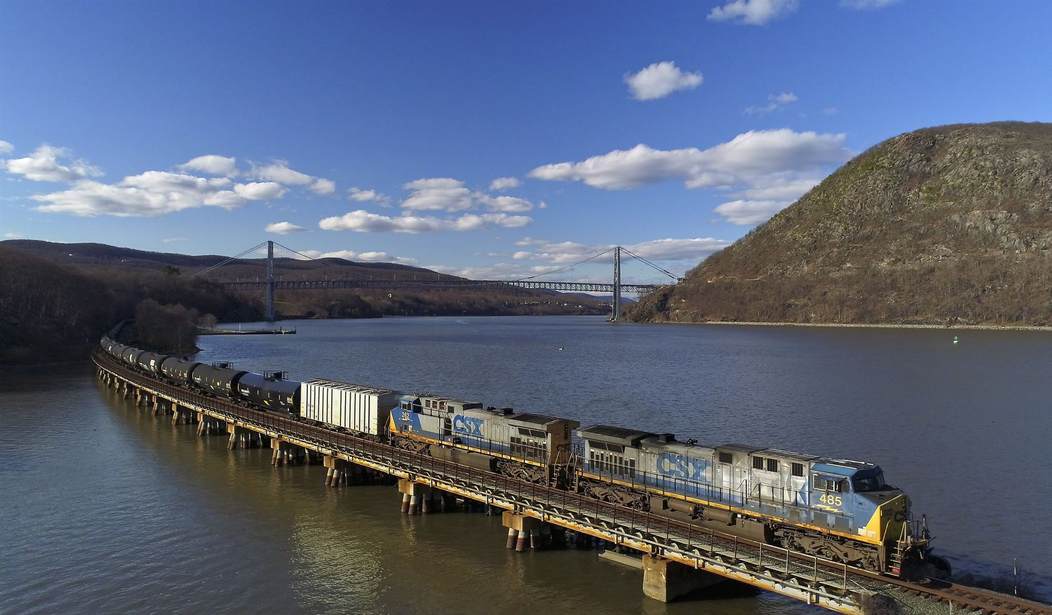Labor headaches are the last thing any president needs — especially when it involves critical transportation infrastructure like railroads in an election year. So, on Wednesday, the eve of a potentially politically and economically ruinous rail strike, Joe Biden asked the two sides to meet in Secretary of Labor Marty Walsh’s office for negotiations.
Harry Truman reportedly tried this method of persuasion during the steel strike of 1949 by locking the negotiators for both sides in a room and not letting them out until they made a deal.
As it was, the two sides were making little progress until Biden called into the meeting around 9 p.m. After that, it was all downhill as a tentative labor agreement was reached a few hours later.
“The tentative agreement reached tonight is an important win for our economy and the American people,” Biden said in a statement. “It is a win for tens of thousands of rail workers who worked tirelessly through the pandemic to ensure that America’s families and communities got deliveries of what have kept us going during these difficult years.”
The White House had been in talks with railroad workers’ unions and companies for several months, but negotiations were hung up over unpaid sick time.
Once Biden got involved, the writing was on the wall. And not surprisingly, the unions made out like bandits.
The new contracts provide rail employees a 24% wage increase during the five-year period from 2020 through 2024, including an immediate average payouts of $11,000 upon ratification, according to the Association of American Railroads. All tentative agreements are subject to ratification by the unions’ membership.
It appears the union got the sugar while the companies probably got the vinegar. “Nice company ya got there, pal. Be a shame if the SEC got interested in your books.”
Biden, who has called himself the most union-friendly president in history and pilloried companies for raking in “excessive” profits, praised a deal that he said would give workers “better pay, improved working conditions, and peace of mind around their health care costs.”
Related: Biden Takes Victory Lap on ‘Inflation Reduction Act’ as Split Screen Shows 1,200-point Dow Drop
Jacking up transportation costs in the middle of an inflationary period will probably mean the Fed’s inflation-fighting rate increases won’t mean squat. Biden may have solved his immediate political problem but what’s inflation going to look like a year from now? Presidential intrusions into the labor-management dynamic always end up being good for the union and not so good for the average consumer.
As more of this agreement becomes public, it will probably be even worse for the average American.










Join the conversation as a VIP Member